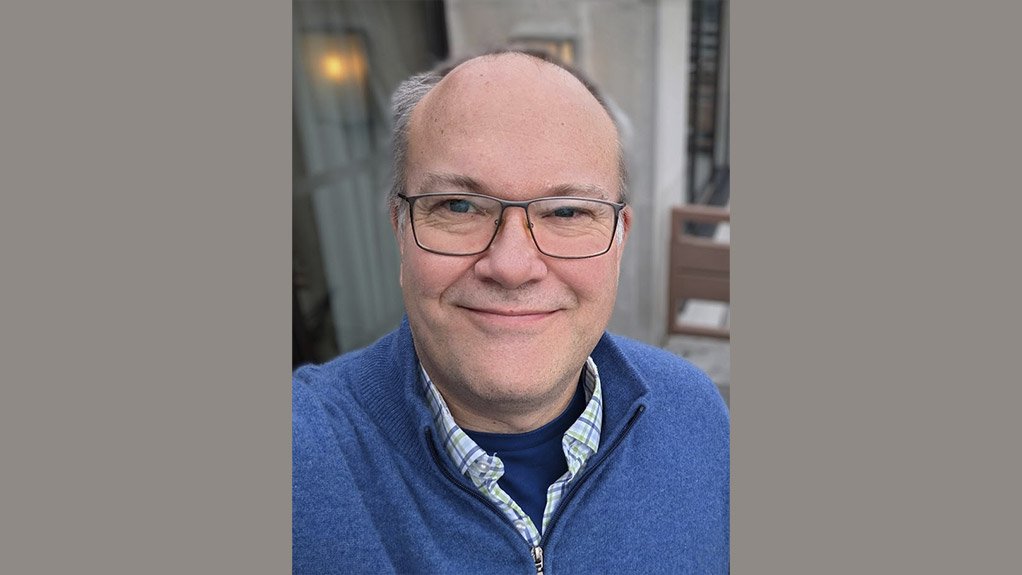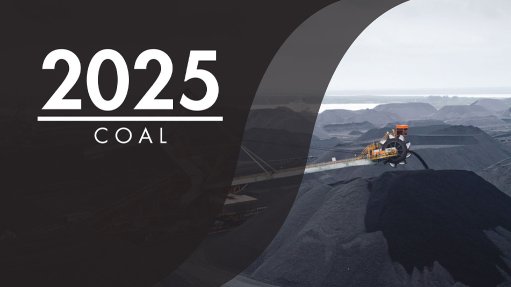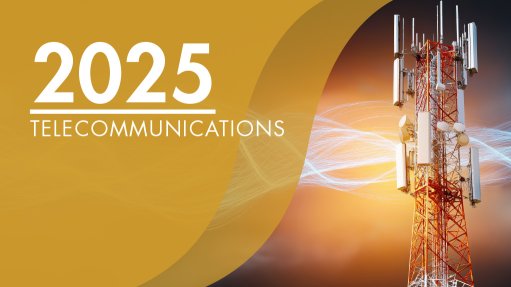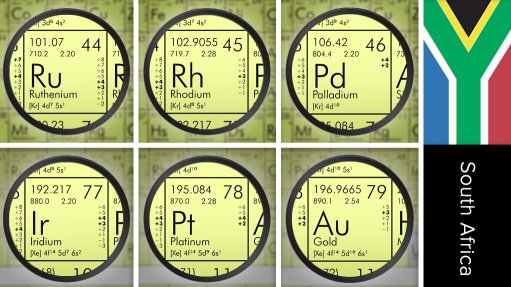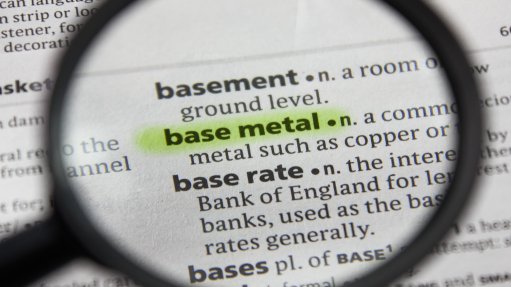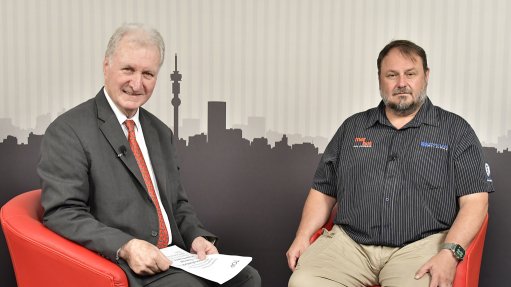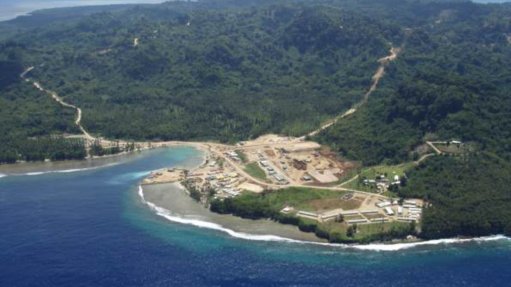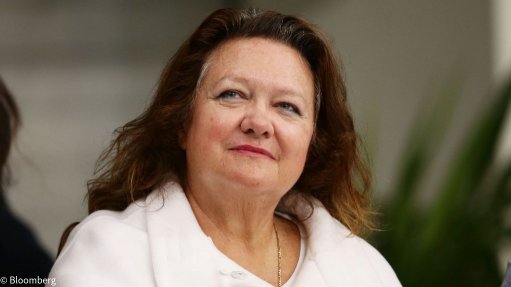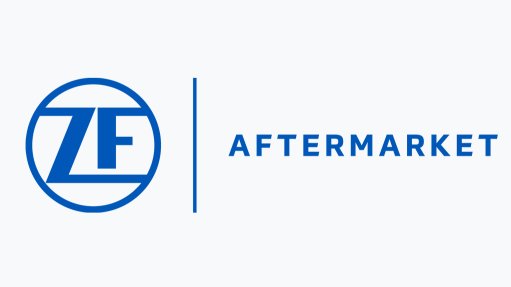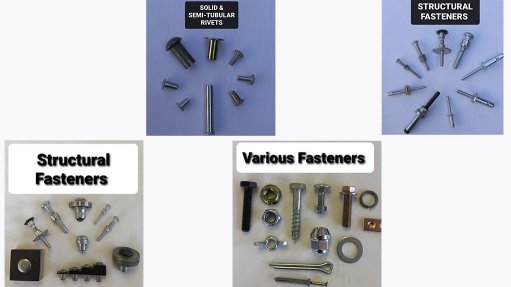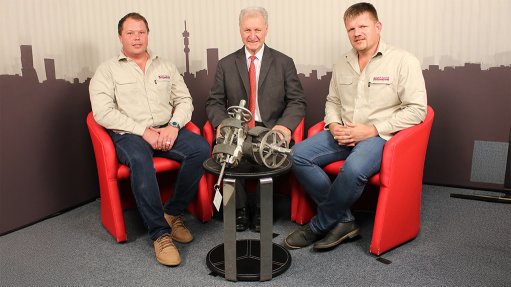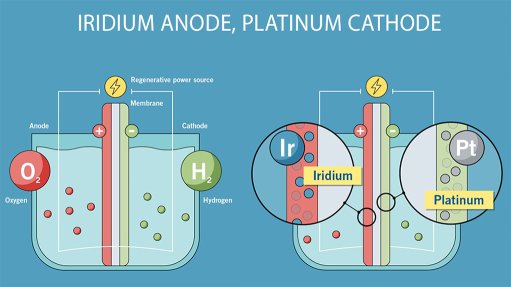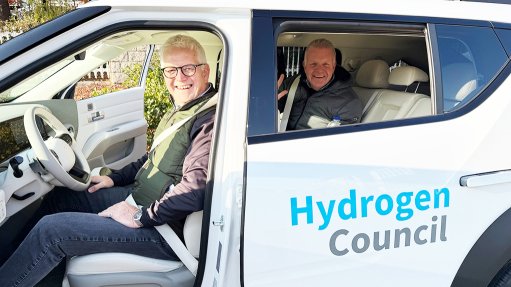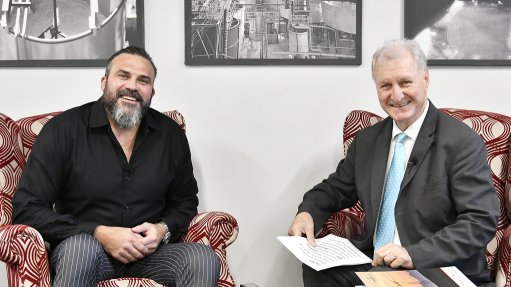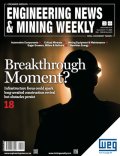Geometallurgy: Putting Fundamentals First in Project Success
This article has been supplied.
By: Adam Johnston - Chief Metallurgist, Transmin Metallurgical Consultants
(Virtual Showroom) For mining professionals, bringing a new operation into production is not about slogans or the latest industry trends. It is about making best use of what is in the ground, safely converting resource to revenue, and ensuring that the mine, plant, and business deliver what was promised. The industry regularly references ESG, digital transformation, and advanced analytics as the new frontier, but the reality is that clear technical fundamentals still determine project success or failure. As the 2025 SAIMM Geometallurgy Conference approaches, it is timely to reemphasise that geometallurgy, applied rationally, is the discipline that ties those fundamentals together to prevent costly mistakes and support real value delivery.
It is common to hear that ores are getting more complex. Based on experience across a range of projects large and small, there is no steady increase in fundamental complexity. Simple orebodies continue to enter production without fanfare, and when they perform well, they rarely become case studies or conference highlights. Industry discourse is shaped much more by failures and high-profile problems. These attract the attention, but they do not tell the whole story. In practice, the perception of increasing complexity is often the result of the industry seeking lessons in what went wrong, rather than in what worked well.
No matter where a deposit sits on the complexity spectrum, geometallurgical characterization is the only way to genuinely understand it. Relying on a few composites is risky. Composites blend away characteristics of the ore that can be problematic in plant operation. A composite that appears acceptable in a laboratory setting can mask material or interactions that, if delivered to the plant unsorted, create significant operational issues. Systematic domain- or bench-scale sampling and testwork are necessary to expose these risks. If no threats are found, risk remains low and confidence in forecasts increases. However, if something is identified early, the team has the opportunity to map its distribution, engineer a solution, or adjust the mine plan at much lower cost than if the problem emerges post-commissioning. In each case, the outcome is reduced risk and improved certainty.
Fifteen or twenty years ago, projects could often get by with limited geometallurgical testwork, due to higher grades, more forgiving economics, or simply by oversizing plants and staffing them with experienced operators who could resolve issues after start-up. That approach was viable when economic headroom for mistakes existed. Very few projects today can sustain that kind of cushion.
The price of diagnostic testwork and analytical services has reduced or remained steady in real terms over the past decade, even as most metal prices have increased significantly. The proportionate cost of adding representative geometallurgical testwork is therefore smaller than at almost any time in recent memory. Nonetheless, testwork budgets are frequently trimmed to reduce perceived upfront costs, only for those savings to evaporate once ramp-up delays, missed forecasts, or even project write-offs occur due to unforeseen orebody behaviour.
New plants rarely have capital headroom for substantial over-design. Investors, owners, and boards demand throughput to be achieved at nameplate, and for plants to reach steady-state with minimal deviation from feasibility forecasts. Prediction accuracy for both recovery and throughput is now required on the real “average” ore, but this average can conceal significant local variations. With capital and operating constraints magnified by ESG and external pressures, there is little room to fix metallurgical performance issues on the fly. The cost of missing targets is too high, and investor confidence is increasingly difficult to restore after early missteps.
The core of geometallurgy is understanding the orebody characteristics that affect recovery, product quality, costs, and plant performance—not complexity for its own sake. The available tools for analysis—hyperspectral scanning, automated mineralogy, integrated data historian platforms, advanced geostatistics—are better than ever, but such tools add value only if used with discipline and purpose.
Success relies on genuine collaboration between geology and metallurgy. Joint investigation is needed to trace the links between geological features or events (such as alteration, veining, mineral associations) and process responses (such as grinding, flotation, or leach performance). The models that result must be straightforward enough for everyone to understand, and robust enough to be used for scheduling, reconciliation, and project decision-making.
Investing in high-resolution scanning or large datasets is of little benefit if the results are not analysed and applied through coordinated effort and site-relevant questioning. Even basic, well-planned, domain-based testwork adds more operational value than technical reports or models that cannot be integrated into daily decision-making.
There are many operations where geometallurgy is brought in as an external service, with limited internal follow-through. This is rarely effective over the full project lifecycle. For geometallurgy to create sustainable value, project teams must claim ownership and embed geometallurgy methodology into standard resource modelling, mine planning, and plant problem-solving routines. Consultants have a role, particularly when in-house experience is limited, but lasting results are achieved only when the core geology, metallurgy, and engineering teams own geometallurgy workflows and sustain them through the different study phases.
Orebody knowledge budgets in geology usually exceed those in metallurgy by 40 to 1, but metallurgists usually do not have access to this data. The optimal result comes from combined domain delineation by geologists, followed by representative metallurgical test programs designed with real operating questions in mind. This approach is both cost-effective and robust.
It should not surprise anyone familiar with the realities of project delivery that a majority of mining projects reach their performance targets, with outcomes close enough for the financial model to hold. However, 30% of new mining operations underperform relative to plan, often substantially, and others suffer material ramp-up delays or financial losses that reduce corporate and project value. At current price decks and input costs, the implications of technical misjudgement extend far beyond the feasibility study.
The key risk is not simply that an operation is less than “world class.” It is that unrecognized variability, unaccounted for due to under-tested ore domains, undermines plant performance precisely when operational and financial flexibility are lowest.
Geometallurgy is, fundamentally, a rational approach to risk management. Comprehensive modelling is not required for every project, nor is processing every metre of core through advanced analysers. What is essential is doing enough work that surprises are minimized, test results are representative, and models can be trusted for process and planning decisions.
The standards are already well established. All major reporting codes demand that confidence in metallurgical modifying factors be assessed on the same basis as geological confidence. Meeting these requirements is not simply about compliance—it is about good business practice.
In truth, teams spend too much time debating the necessity for geometallurgy and not enough on actually executing the work to minimum standards. You will not know if your ore is truly benign or if there is hidden risk unless you sample and test it properly. Relying on a few composites is a gamble; you may be blending away deleterious components or masking problematic domains. In production, ore presents as it is mined, not as a laboratory blend. By executing solid domain-scale testwork and sampling, the team either confirms low risk—adding confidence to the business case—or exposes potential problems, providing the chance to engineer a solution early, at lower cost, with less negative impact. Early detection translates directly to risk reduction and improved project certainty.
No project needs an over-engineered, academic geometallurgy model, but every project that intends to protect long-term value should integrate routine, domain-based testwork and maintain models founded in operating fundamentals. Teams must understand their technical risk profile and calibrate the level of work to meet it. Reference to benchmark studies and external best practices can assist in setting rational scopes. The optimal approach is to align work to the point at which additional cost would be greater than the incremental risk reduction achievable.
The 2025 SAIMM Geometallurgy Conference is an important opportunity to observe current best practices, recent advances, and directly applicable tools for technical decision-makers. The program includes trusted data methodologies, practical decision-support platforms, relevant case studies, and workshops for those wanting to refine geometallurgy application at their operation.
In today’s project environment, the margin for error is narrow, and operational mishaps can have long-term impacts on company reputation and asset value. Remediation after the fact is rarely possible.
Geometallurgy is not a luxury, and it should not be regarded as optional. It is a basic element of modern project delivery and the minimum requirement for technical credibility. For those wishing to understand what practical, value-rooted geometallurgy looks like, the SAIMM Geometallurgy Conference will provide direct insights and actionable advice for every project phase.
Article Enquiry
Email Article
Save Article
Feedback
To advertise email advertising@creamermedia.co.za or click here
Announcements
What's On
Subscribe to improve your user experience...
Option 1 (equivalent of R125 a month):
Receive a weekly copy of Creamer Media's Engineering News & Mining Weekly magazine
(print copy for those in South Africa and e-magazine for those outside of South Africa)
Receive daily email newsletters
Access to full search results
Access archive of magazine back copies
Access to Projects in Progress
Access to ONE Research Report of your choice in PDF format
Option 2 (equivalent of R375 a month):
All benefits from Option 1
PLUS
Access to Creamer Media's Research Channel Africa for ALL Research Reports, in PDF format, on various industrial and mining sectors
including Electricity; Water; Energy Transition; Hydrogen; Roads, Rail and Ports; Coal; Gold; Platinum; Battery Metals; etc.
Already a subscriber?
Forgotten your password?
Receive weekly copy of Creamer Media's Engineering News & Mining Weekly magazine (print copy for those in South Africa and e-magazine for those outside of South Africa)
➕
Recieve daily email newsletters
➕
Access to full search results
➕
Access archive of magazine back copies
➕
Access to Projects in Progress
➕
Access to ONE Research Report of your choice in PDF format
RESEARCH CHANNEL AFRICA
R4500 (equivalent of R375 a month)
SUBSCRIBEAll benefits from Option 1
➕
Access to Creamer Media's Research Channel Africa for ALL Research Reports on various industrial and mining sectors, in PDF format, including on:
Electricity
➕
Water
➕
Energy Transition
➕
Hydrogen
➕
Roads, Rail and Ports
➕
Coal
➕
Gold
➕
Platinum
➕
Battery Metals
➕
etc.
Receive all benefits from Option 1 or Option 2 delivered to numerous people at your company
➕
Multiple User names and Passwords for simultaneous log-ins
➕
Intranet integration access to all in your organisation



